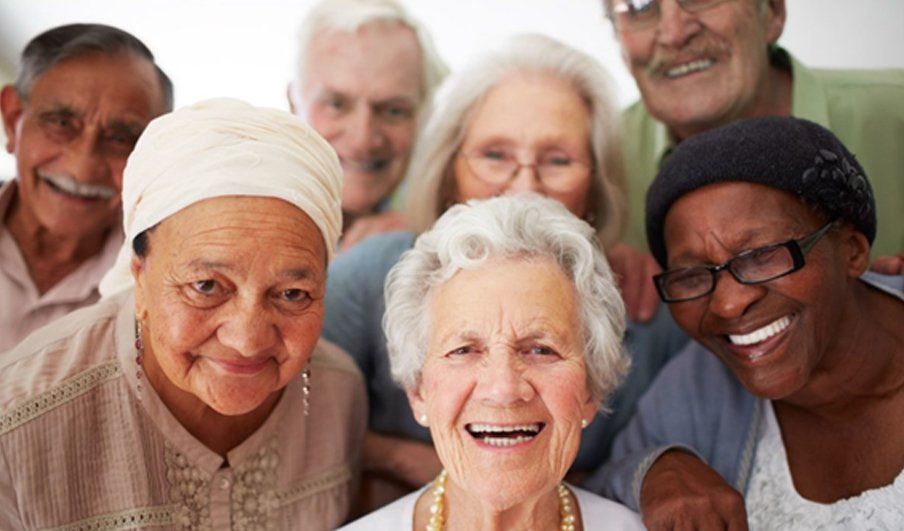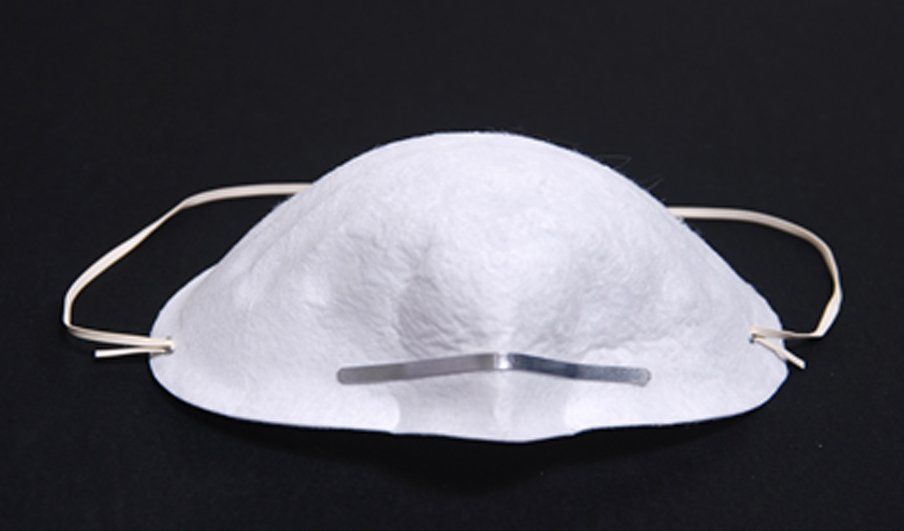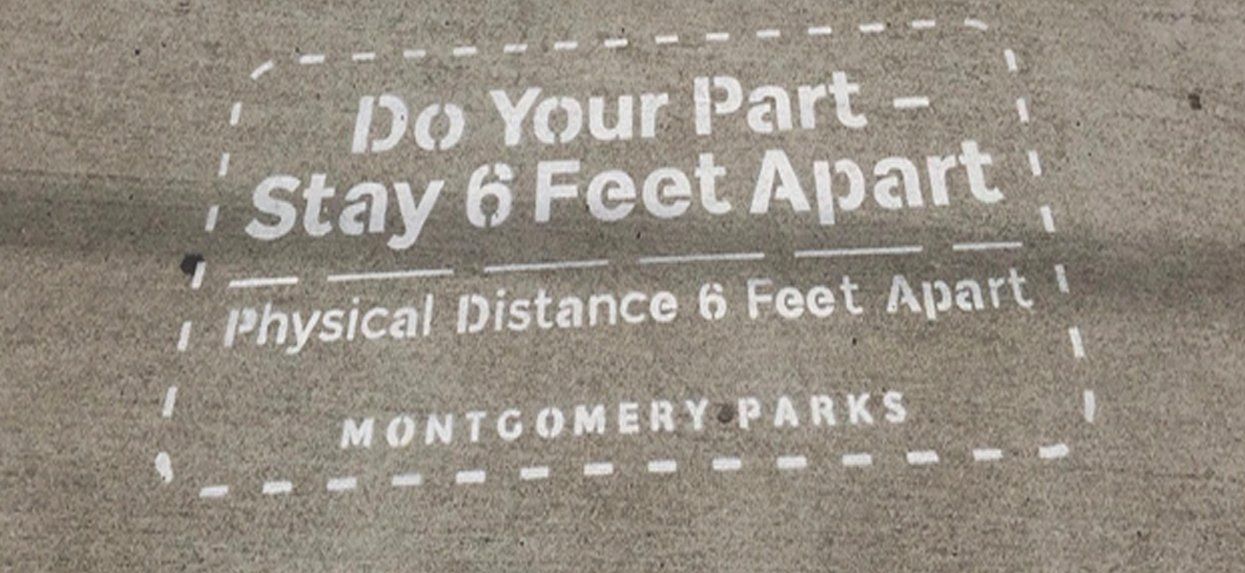Importance of Immunizations

Several immunizations are recommended for older people.
Shingles is a painful rash that is caused by the virus that gives us chickenpox when we are young (add link for Mayo Clinic). It can lie dormant for years. When it reactivates it often appears as painful blisters that wrap around the left or right side of the middle part of your body. Shingles can be hard to treat. The pain can last for a long time even after the blisters go away (this is called postherpetic neuralgia). The shingles vaccine is recommended for healthy adults 50 years and older.
Pneumonia can be serious in older adults. More adults are hospitalized in the US for pneumonia than for any other reason (add link for Pneumonia facts). The older you are the more likely you are to die from pneumonia. There are two types of pneumonia vaccines recommended for people 65 years and older. The pneumococcal polysaccharide vaccine (PPSV23) is recommended for people who are otherwise healthy. For immunocompromised people (if you have cancer for example), the pneumococcal conjugate vaccine is recommended for you (add link for CDC Vaccine Info).
Seasonal flu vaccines (influenza) are recommended for all adults but especially for older adults because they are at greater risk of dying from influenza. (add link for CDC 2020-2021 Flu Season summary). Because the flu changes from year to year, each year the flu vaccines are a little different. Different strains are mixed together based on what scientists predict will be the strains circulating.
Are you at increased risk?
If you have a chronic disease like diabetes or cancer, or if you are taking medications that suppress your immune system, then you are at increased risk for developing an infection. This makes it more important that you get vaccinated for pneumonia and for influenza. Even if you are healthy, it’s important to see your doctor regularly and to ask which vaccines are best for you.
Who should you trust for information?
If you have questions, you should talk with your primary care physician. Many people worry about the safety of vaccines or don’t know if the costs will be covered by their insurance. For older people the risk of not being vaccinated for pneumonia or influenza are greater than the small risks of side effects. Most health insurance policies cove the cost of preventive services like vaccination.
References
The Mayo Clinic. Shingles. https://www.mayoclinic.org/diseases-conditions/shingles/symptoms-causes/syc-20353054 (Accessed August 3, 2021).
Centers for Disease Control and Prevention. Vaccine Information for Adults. https://www.cdc.gov/vaccines/adults/rec-vac/index.html (Accessed August 3, 2021).
Centers for Disease Control and Prevention. Morbidity and Mortality Weekly Report. QuickStats: Death Rates* from Influenza and Pneumonia† Among Persons Aged ≥65 Years, by Sex and Age Group — National Vital Statistics System, United States, 2018. https://www.cdc.gov/mmwr/volumes/69/wr/mm6940a5.htm#:~:text=In%202018%2C%20the%20death%20rate,those%20aged%20%E2%89%A585%20years. (Accessed August 3, 2021).
Centers for Disease Control and Prevention. 2020 - 2021 Flu Season Summary. https://www.cdc.gov/flu/season/faq-flu-season-2020-2021.htm (Accessed August 3, 2021)
Dr. Janet A. Phoenix, MD, MPH, MS
Must Read Newsletter
Sign up for news and events
Newsletter
Most Popular





